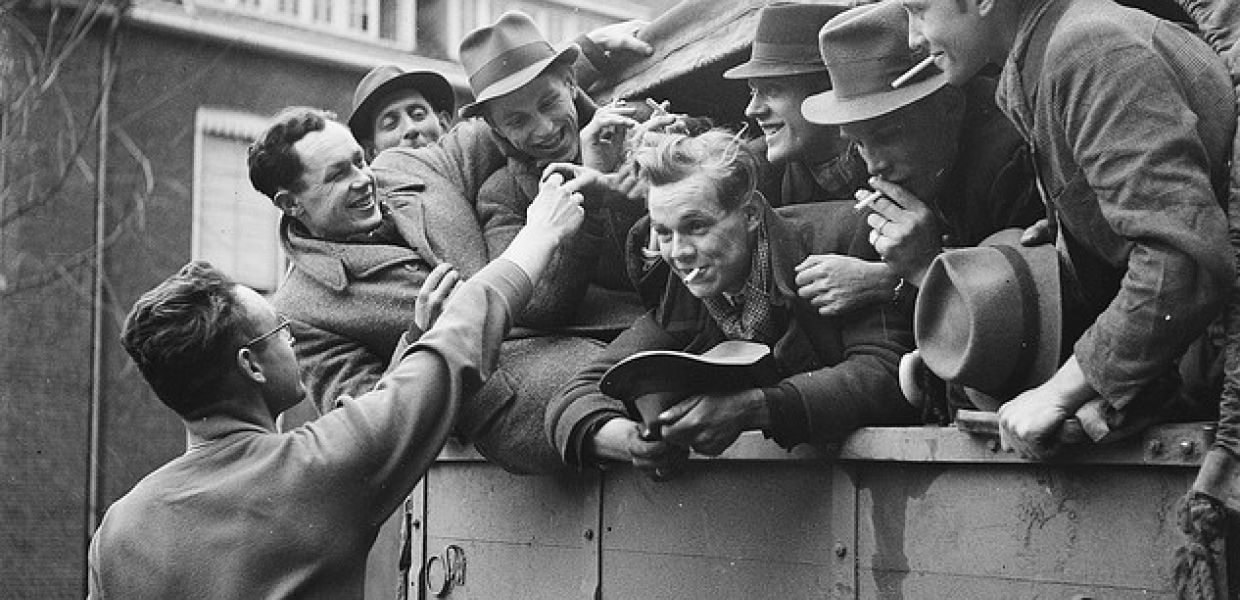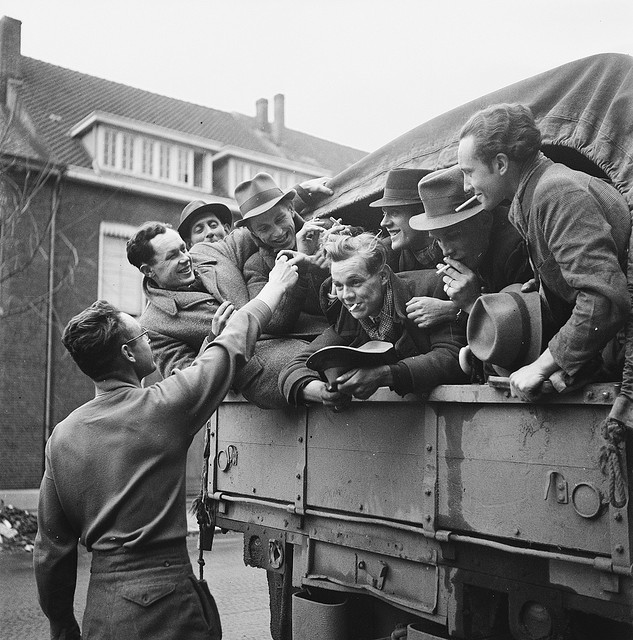Meet the Members Council: Johan Oomen

In this weekly series of blogs, we meet a member from your elected Members Council, finding out more about the work that they do, and the aims they have for the year ahead. This week, we hear from Johan Oomen, the head of Research and Development at the Netherlands Institute for Sound and Vision.
Hello! For over 15 years now, I’ve worked for the Netherlands Institute for Sound and Vision, one of Europe’s largest audiovisual archives. During this period, the institute has successfully made the transition to the digital domain. Currently, I head up the Research and Development department.
Sound and Vision looks after a million hours of content and its collections continually grow, gaining over sixty thousand hours of new video and audio content each year.
Last year, we completed the digitisation programme Images for the Future. This seven-year programme was executed in collaboration with the EYE Film Institute, Kennisland and the National Archives of the Netherlands and successfully digitised a considerable amount of Dutch audiovisual heritage.

De bevolking van Roermond keert naar huis terug, by Nationaal Archief, on Flickr. No known copyright restrictions.
The technical infrastructure of Sound and Vision is linked to that of the Dutch public broadcasters. Programme makers have direct access to the material and continuously re-use content in new productions. A big challenge is to provide services that provide meaningful, fine-grained and contextualised access to this massive collection of content, while keeping it personalised and engaging too. This is where my department plays an important role, through executing projects that will help us achieve our overarching vision of smart, connected and open audiovisual archives. Our work is guided by the multi-annual research agenda that we define together with the other departments, notably the museum department, responsible for visitor attraction, and the archive department, responsible for managing our collections in all its aspects.
Alongside my work at Sound and Vision, I’m also researcher at the Web and Media group of the VU University Amsterdam where I study how participatory culture is influencing policy decisions at memory organisations. I’m also a board member of CLICKNL, the innovation catalyst for the Dutch Creative Industries. Common to these three positions is forging connections between the research domain and working practices. I feel very fortunate to be in a position that allows me to look at this challenge from different angles, and make strategic interventions that drive this forward.
Using culture for innovation
I see Europeana as an innovation catalyst. The Europeana Network connects and supports GLAMs in their quest to provide the best possible access to their collections, initiating joint plans to connect heterogeneous and dispersed collections. Coming from the audiovisual domain, I’ve been involved in both EUscreen and the Europeana Sounds projects from their inception, and serve as technical director for both. These initiatives will provide a huge amount of new content to Europeana.
Through projects such as Europeana Creative and Europeana Space we’re seeing various types of re-use of distributed collections, none of which would be possible without Europeana. Europeana’s vision to ‘transform the world with culture’ is bold, powerful and ambitious. With the energy and buzzing activity of the Network, this vision is being realised, step by step, every day.
In my role as Board Member, I contribute to Europeana’s policymaking. Given my background, I specifically focus on three topics that I’m especially passionate about:
- Raising awareness in the audiovisual domain; Europeana is a source of inspiration for the creative industries (including broadcasting), and this is something that should be exploited more.
- Open by default: we need to measure the impact of open content distribution (e.g. more user participation) and influence policymaking in this area within the Europeana network.
- Massive engagement within the Europeana Network, namely by establishing a joint strategy for how the success of Europeana adds to the success of contributing partners.
I feel very fortunate to be part of the Members Council and look forward to contributing to the continued success of Europeana with all the talented people in our Network. Allez Culture!
Follow me @johanoomen
